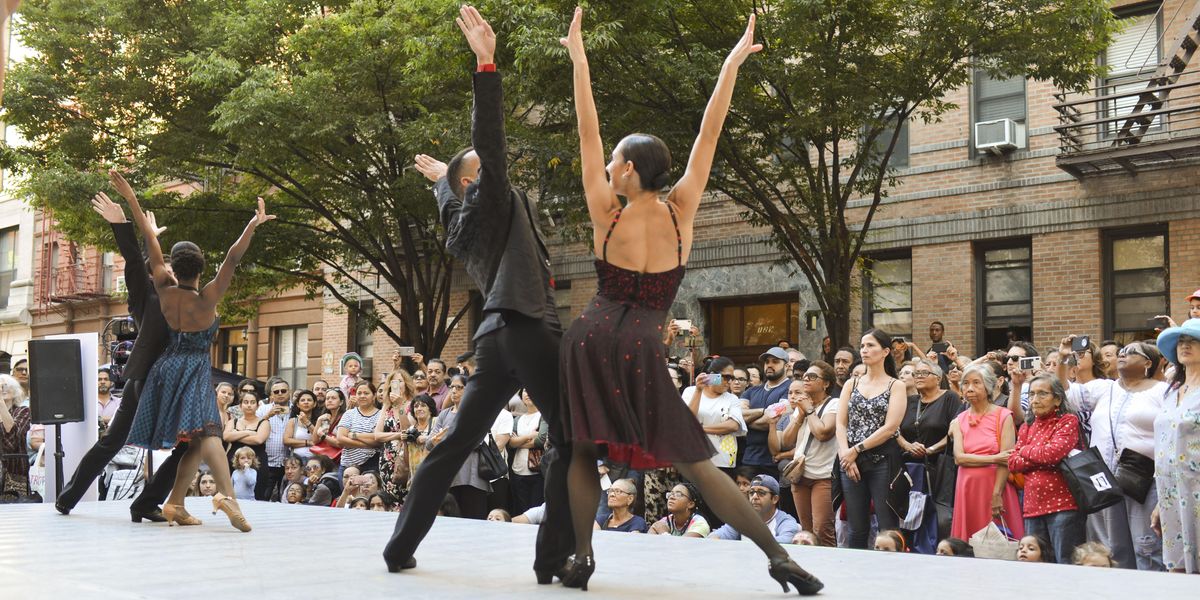The Upsides—and Pitfalls—of New York's Initiatives Getting Dancers Performing Again
A year after the COVID-19 pandemic shut down theaters and studios, two government initiatives are offering New York’s arts community opportunities to present in-person events: New York City’s Open Culture program and Governor Andrew Cuomo’s New York Arts Revival program.
New York City’s Open Culture Program
Passed in New York City Council in December by a unanimous vote, Open Culture supports artists and cultural organizations in hosting outdoor events around the city. Groups can apply for permits to produce their performances, rehearsals or classes on city streets closed to traffic and opened to the public. Thanks in part to advocacy from the city’s cultural leaders, participants will be able to make income from these events by selling tickets or collecting donations. At press time, the program was slated to run from March through October, with the possibility of an extension through March of next year.
New York State’s Arts Revival Program
The statewide New York Arts Revival program, a partnership between public and private sectors, similarly facilitates events outdoors, as well as in indoor venues with flexible seating, such as Park Avenue Armory and Queens Theatre. Experimenting with COVID-19 testing and ventilation protocols in order to make other larger indoor spaces safe for in-person gatherings is also on tap. Cuomo named Ballet Hispánico among the participants when he announced the program in his January State of the State address. Kyle Abraham and Ayodele Casel are on the artistic advisory council for what has been dubbed the “NY PopsUp” festival.
The state is also collaborating with the Andrew W. Mellon Foundation on the Creatives Rebuild Initiative. The program pledges, Cuomo said in his address, to “put over 1,000 artists back to work and fund dozens of community arts groups” over the next two years.
What These Programs Mean for Dance
“Part of what we’re starting to hear from our government officials is a very different conversation about the arts, not just from the context of the arts as entertainment, or the arts as the cherry on top,” says Alejandra Duque Cifuentes, executive director of Dance/NYC. “They’re starting to talk about us as a workforce.”
Many questions remain about the logistics of the two programs, including how and where artists will rehearse for their events. Of Open Culture, Lucy Sexton, executive director of New Yorkers for Culture & Arts, says, “For people who want to gather outside to do classes or performances, it will make that easier. So that’s good. Where it falls short is there’s no funding for it.” There is worry, too, about the equitable distribution of program resources among artists and organizations and also, in the case of Open Culture, among city neighborhoods.
Both Duque Cifuentes and Sexton encourage continued engagement with local officials and lawmakers to advocate for long-term support. “My biggest encouragement is: As we get the wins, as we get those moments of breathing out and excitement and possibility, that we also remember that this is the beginning of what we hope to be systemic change,” Duque Cifuentes says. “Ultimately, it’s a reminder that for our state, there is no such thing as moving forward if we don’t include the arts.”




